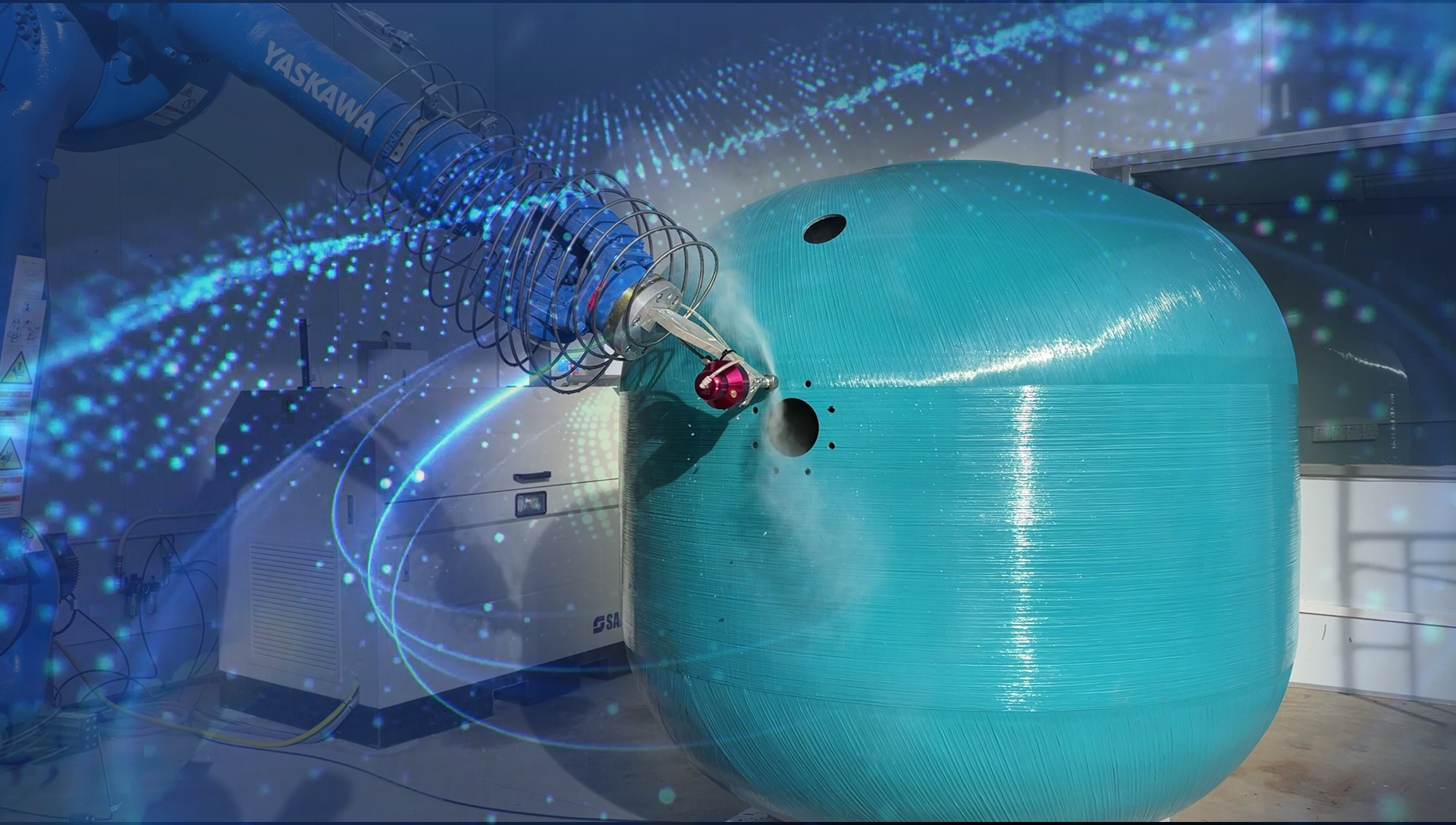History of Sand Filters: From Ancient Methods to Modern Applications
Sand filtration, a practice dating back thousands of years, has evolved into a sophisticated technology indispensable for ensuring clean water access worldwide. Across the globe, millions of sand filters are in operation, treating trillions of gallons of water annually and safeguarding public health. The following article covers this fascinating technology, exploring its ancient origins, revolutionary advancements, and its enduring role in modern water treatment.
Ancient Origins:
The quest for clean water has been a constant human endeavour, and the story of sand filtration reflects this pursuit. The earliest traces of sand filtration can be found in ancient civilizations like Mesopotamia (modern-day Iraq, Kuwait, Syria, Turkey, and Iran) and the Indus Valley (encompassing parts of Pakistan and northwest India). These ingenious societies employed rudimentary sand filtration methods to purify water for both irrigation and consumption.
Imagine clay pots meticulously filled with layers of sand and gravel – these were the pioneering water filters of those times. These simple yet effective tools stand as a testament to the resourcefulness of our ancestors in addressing their water needs. Over time, these techniques evolved. Civilizations like the Greeks and Romans, recognizing the importance of clean water for public health, implemented more advanced filtration systems utilizing sand and gravel beds. The Greeks, for instance, constructed clay pipes packed with sand to filter water for drinking and bathing, demonstrating an early understanding of the link between water quality and public health.
Industrial Revolution and Innovations:
The Industrial Revolution witnessed a surge in urban populations, leading to growing concerns about waterborne diseases. This critical moment provoked significant advances in water treatment technology, and sand filtration was no exception. In the 19th century, engineers like Robert Thom emerged as pioneers, fundamentally changing the way water was treated. Thom's groundbreaking invention, the rapid gravity filter, revolutionized municipal water treatment. These filters, constructed from concrete chambers filled with layered sand and gravel, utilized gravity to force water through the media, effectively removing impurities. This innovation marked a significant leap forward, enabling the rapid and efficient treatment of vast water volumes compared to earlier methods.
Emergence of Modern Water Treatment:
By the 20th century, sand filtration had become an indispensable practice in water treatment plants around the world. In the United States alone, over 1500 municipal treatment plants rely on sand filtration to deliver safe drinking water to millions. This widespread adoption has demonstrably improved public health and sanitation. The incidence of waterborne diseases like cholera and typhoid fever has significantly declined thanks in large part to this technology. Beyond municipal water treatment, sand filtration finds applications in diverse industries, ensuring clean water for processes in food and beverage production, pharmaceutical manufacturing, and wastewater treatment.

Contemporary Applications:
Today, sand filtration remains a cornerstone of modern water treatment infrastructure, serving a wide range of applications. From purifying drinking water to treating wastewater and maintaining pristine water quality in recreational facilities like swimming pools and aquariums, sand filters play a vital role in ensuring clean and safe water for diverse purposes. In the United States, over 90% of public water systems depend on sand filtration as part of their multi-stage treatment process, highlighting its critical role in safeguarding water quality for communities nationwide.
Types of Sand Filters:
There are two main categories of sand filters commonly used today: slow sand filters and rapid sand filters. Slow sand filters employ a slower flow rate and rely primarily on biological processes within the filter media to remove impurities. Rapid sand filters, on the other hand, operate at a faster rate and often use a pre-treatment step like coagulation and flocculation to improve the efficiency of sand filtration. Coagulation involves adding chemicals that cause suspended particles in the water to clump together, making them easier to trap in the sand filter. Flocculation then gently mixes the water to encourage these clumps to form larger flocs, further enhancing their removal by the sand filter.
Household Sand Filters:
While large-scale municipal treatment plants dominate the conversation around sand filtration, it is important to acknowledge the existence of household sand filters. These portable units offer a solution for people in regions lacking access to treated municipal water sources. These household filters typically utilize a combination of sand, gravel, and activated carbon to remove impurities and improve water quality at the point of use.
Self-Cleaning Filters:
The need for efficient and low-maintenance filtration systems has driven the development of self-cleaning sand filters. These innovative filters employ automated backwashing mechanisms that periodically reverse the water flow through the filter media. This process dislodges trapped particles and flushes them out of the system, reducing the need for manual cleaning and minimizing downtime.
Challenges and Future Directions:
Despite its long history and proven effectiveness, sand filtration faces challenges such as emerging contaminants and ageing infrastructure. In response, researchers and engineers are exploring innovative approaches to enhance filtration efficiency, reduce energy consumption, and optimize treatment processes. These efforts aim to ensure the continued reliability and sustainability of sand filtration in the face of evolving water quality challenges. Emerging technologies such as membrane filtration and advanced oxidation processes complement traditional sand filtration methods, offering new solutions for addressing complex water treatment challenges in the 21st century. Additionally, the integration of digital monitoring and control systems allows for real-time optimization of sand filtration processes, improving operational efficiency and reducing maintenance costs.

PRODUCTS
연락처: 샌디
이메일: sandy@poolking.co
영업 핫라인: +86-20-34982303
왓츠앱:+86-13922334815
추가: 아니요. 광저우시 난사구 다강진 다강촌 다난북로 80호 (임시 영업소)
















